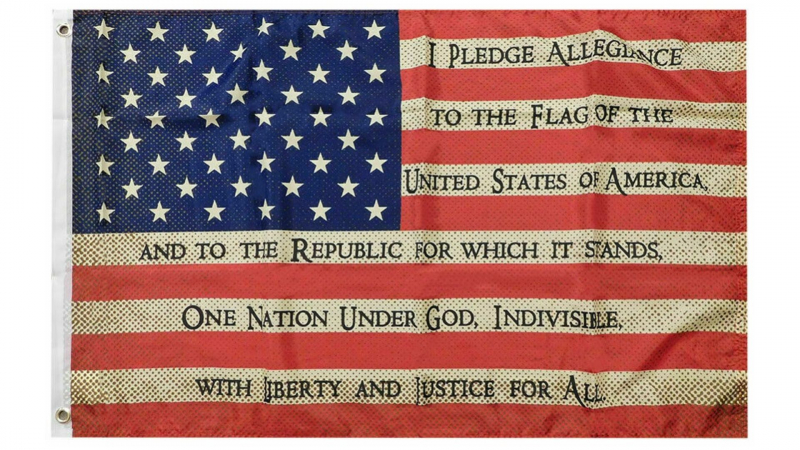Betsy Was Paid To Sew A Naval Ensign For A Squadron Of U.S. Ships
Up until very recently, the only supporting documentation for this endearing tale was a ticket proving Betsy was compensated for sewing a navy pennant for a group of American ships. Canby's story was nevertheless widely read in books and periodicals. Another relative, J. Franklin Reigart, released a book that expanded on the story five years after it first appeared. Instead of a successful entrepreneur who managed to maintain her upholstery shop through periods of war and epidemic, outlived three husbands, and reared five kids, Betsy is shown in these Victorian renditions as a prim and proper mob-capped seamstress.
There was an attempt to make Betsy a household name in the late 19th century when, as we know, she had an upholstery shop, according to Betsy biographer Marla Miller. There is an obvious attempt to remove her from the labor history setting, which is where she truly belongs. The culture has never pictured her at work, packing a mattress, or performing the tasks we were aware of her performing.












